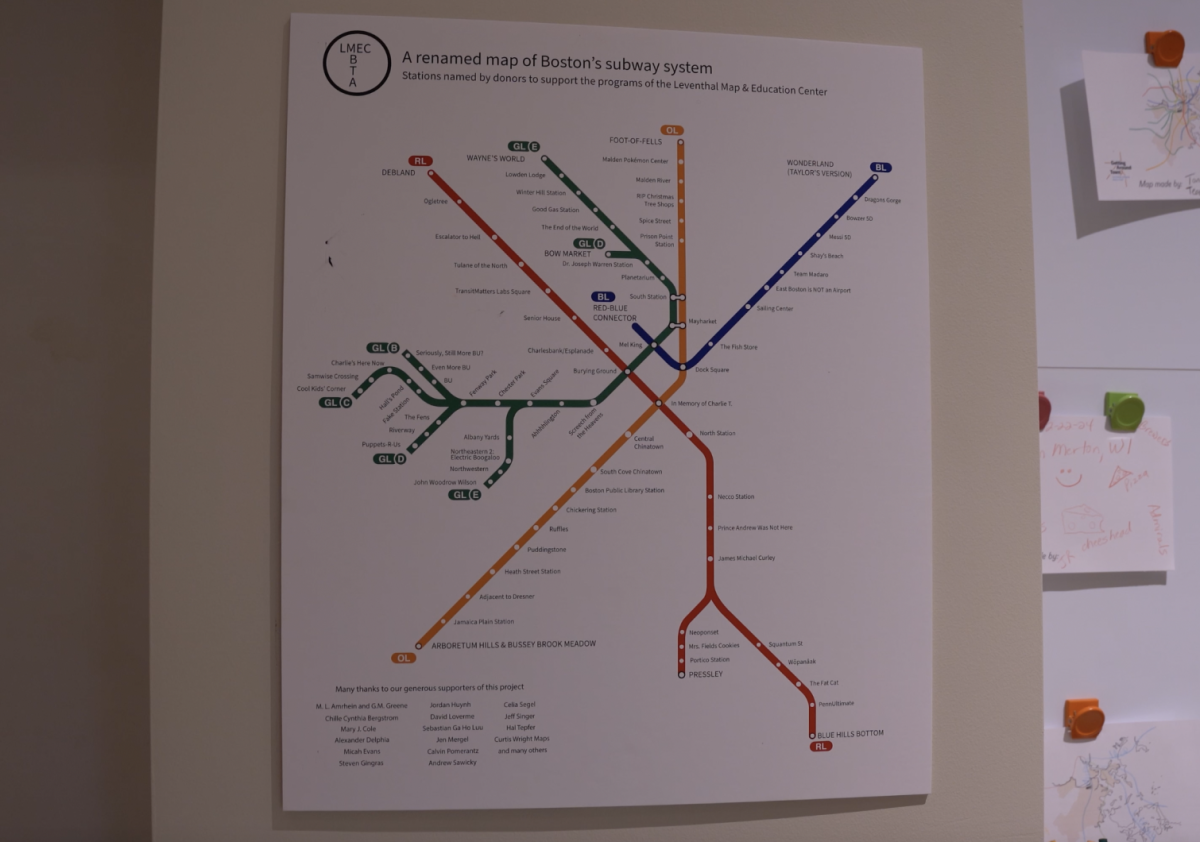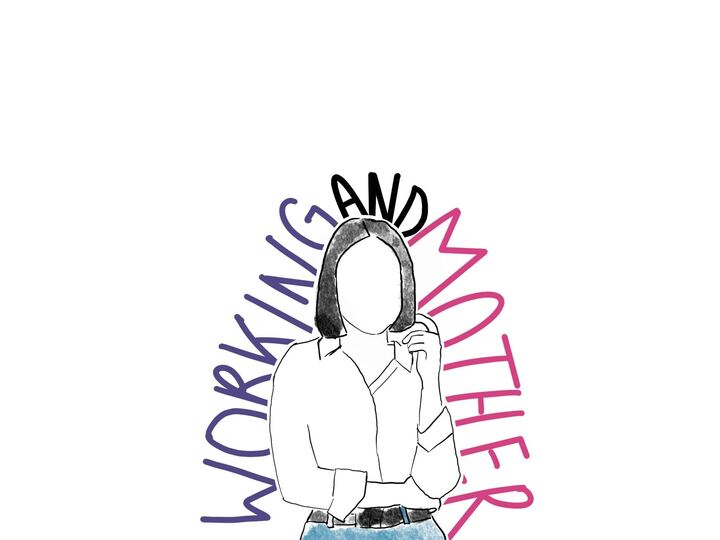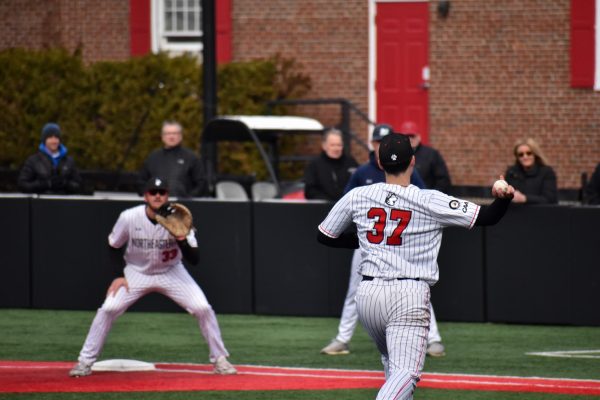Op-ed: When do Halloween costumes cross the line of appropriation?
"Native American Costumes" by eekim is licensed under CC BY 2.0
Certain Halloween costumes perpetuate cultural appropriation.
October 25, 2021
Halloween: a celebrated and fondly anticipated event for children and college students alike. It is a holiday of embracing costumes and decorations which allow us to transform into something we are not. As our country continues to grapple with its past of racism and degradation of non-white cultures, and as the idea of cultural appropriation becomes increasingly recognized, one question remains salient: How does cultural appropriation define Halloween costumes?
Cultural appropriation is defined as the taking over of creative or artistic forms, themes or practices by one cultural group from another. The group culturally appropriating is typically the majority or dominant cultural, racial or religious demographic in a country or region. Many times, the culturally appropriated items, music, themes or styles are grossly misrepresented, which often serves to aid in the propagation of harmful stereotypes. Concerning Halloween, however, classifying what falls into the pitfall of cultural appropriation can be a polarizing and complicated task.
Simply applying the aforementioned definition of cultural appropriation can lead to inconsistencies in the argument. Despite the historical inaccuracies, many stores provide an array of Asian-inspired samurai and ninja costumes. The main differentiator between clothes that are considered to be cultural appropriation and those that aren’t is their history and effect.
Through the Civilization Fund Act of 1819, the United States Congress created a fund to support white, Christian missionaries’ efforts in “taming” Native Americans by forming boarding schools that replace their traditional native practices with Christian and European clothing, language, values, music and way of life. This is one of the countless instances of the U.S federal government attempting to repress Native American culture through either forced assimilation or annihilation. In the present-day United States, this creates an irony in the appropriation of Native American culture. A reprehensible act is being performed when non-Native Americans wear traditional Native American garments, which were once looked down upon by Europeans, as a party costume on Halloween. Using a culture that faced and continues to face relentless hardships as a mere costume demeans its meaning and dismisses its history. Moreover, wearing blackface and masquerading as an African American is just as erroneous as dressing up as a Hispanic or Arab individual. In general, using racial groups as costumes contributes to the idea that different cultures are exotic oddities that one can mimic for their own enjoyment.
It is important to take note, however, that although examples of cultural appropriation exist, it is necessary not to cast too wide of a net over Halloween costumes. The inappropriate usage of the term can cheapen its value and degrade the movement to fight actual examples of cultural appropriation. Costumes sporting dreadlocks or beads cannot and should not be considered cultural appropriation. The reasons such hairstyles cannot be characterized as an example of cultural appropriation are manifold. Although these hairstyles do have a significant place in African American history, the hairstyles’ history stretches much further than our nation’s borders and permeates through many cultures. Furthermore, one must take into account the lack of ramifications on the African American community when someone of non-African heritage wears dreadlocks. These costumes do not harbor ill-intent or generate a negative byproduct for a marginalized group and, as such, are not culturally appropriated. In addition, Halloween costumes cannot be held to a standard of rigorous historical accuracy to determine whether they cross the line of cultural appropriation. Many Halloween costumes, especially those for young children, are whimsical interpretations of reality. These costumes do not come with the problematic historical baggage that truly culturally appropriated costumes inherently have.
Many would consider utilizing any element of a culture in a costume to be an act of cultural appropriation. However, cultures are a way of life shared by people. Our cultures morph and evolve into new forms to accommodate new generations. If cultures are walled off based on preconceived notions of who owns what, then cultures will never evolve or be shared.
For those who wish to remain respectful of cultures, it is the wearer’s responsibility to self-reflect on their own intentions and the outcomes of those intentions on the groups of people that they are representing, faithfully or otherwise, through their actions. Malicious intent can torpedo any costume and lead its wearer to become ensnared in cultural appropriation controversy. It is important to consider whether a costume misrepresents cultural significance, propagates harmful bias or stereotypes or is just overtly offensive. If none of the stipulations apply to the costume, then have at it.
Northeastern University plays host to an extensive and diverse student body. As a result, it is the individual student’s responsibility to be judicious when choosing a costume. In order for Halloween to be shared and enjoyed by all Huskies, all cultures must be shown their just respect.
Gabriel Holder is a first-year behavioral neuroscience major. He can be reached at [email protected].


















